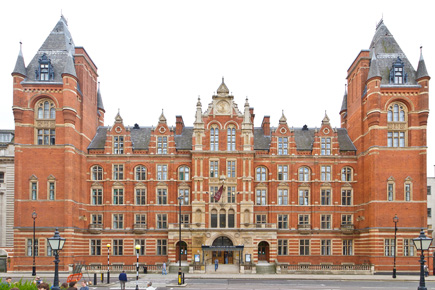Going Underground to Cut Carbon
Friday 13 January 2012
The Royal College of Music is taking part in a pioneering scheme designed to slash the carbon emissions of some of the UK’s leading cultural organisations.
The scheme – the largest of its kind in the world – will construct a network 60m underground which will use natural chalk aquifer to store heat during the summer for winter heating, and help to cool the buildings during the summer.
This ground-breaking project is being undertaken by the 1851 Group: an alliance of institutions based around Exhibition Road that includes the RCM, the Royal Albert Hall, the Royal College of Art, Imperial College and the three national museums: the V & A Museum, the Science Museum and the National History Museum.
Richard Shennan, divisional director and engineer at Mott MacDonald – the firm behind the underground thermal energy storage concept, explains: “The key thing about this project is collaboration. Victorian buildings consume a lot of heat while modern buildings like those of Imperial College tend to need cooling. This will allow us to even out energy demand over winter and summer.”
If successful, the scheme could potentially stop 2.3 million tonnes of carbon dioxide entering the atmosphere between now and 2050. It could also provide a template for the greening of the entire government estate which is crucial to the achievement of the UK target to cut CO2 emissions by 80% by 2050. Gregory Barker, Minister of State for Climate Change, showed the government’s support by attending the project launch at the National History Museum.
This is just the latest in a series of green initiatives from the RCM, which was named the UK’s greenest conservatoire in the 2010 and 2011 Green League. For more information read about the RCM's environmental policy.








